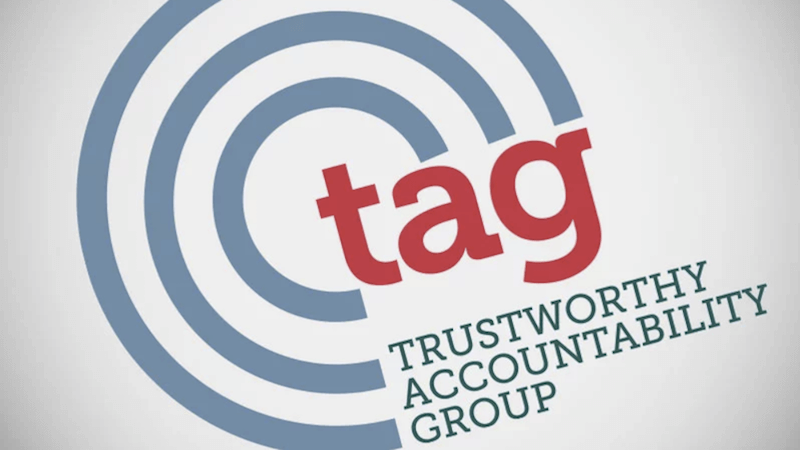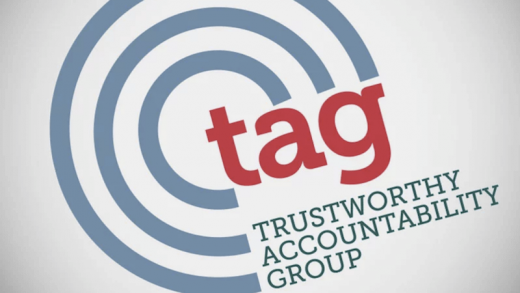TAG-certified ad channels shown to reduce invalid traffic by more than 80 percent, again
The second annual report on the efforts by this anti-fraud industry group finds that agencies, ad platforms and publishers following its guidelines reduced this fraud to under two percent.

Digital advertising fraud from invalid traffic was reduced by more than 84 percent in Trustworthy Accountability Group (TAG) distribution channels this year, compared to the industry standard.
That’s according to the latest annual report by ad infrastructure consultancy The 614 Group, a followup to the initial analysis released last year at this time, which found a similar 83 percent reduction.
This year’s report looked at 75 billion ad impressions in the first seven months of 2018 from five of the largest ad agency holding companies — Annalect (Omnicom Media Group), GroupM, Horizon Media, IPG Mediabrands, and Publicis Media.
Invalid traffic rates in TAG Certified channels were less than two percent, about the same as last year. However, this year’s report added Sophisticated Invalid Traffic (SIVT) to last year’s General Invalid Traffic (GIVT), and a wider range of ad types, including video, mobile web and in-app ads as well as web display. SIVT requires more advanced analytics to identify.
The SIVT + GIVT rate in TAG channels this year was 1.68 percent, while it’s 10.43 percent generally, thus creating the 84 percent reduction.
The TAG certification and seal. In TAG Certified channels, all participants have received the TAG seal — agencies, buy-side platform, sell-side platform, and/or publisher. Traffic measurements were made by Moat, DoubleVerify and Integral Ad Science, which are also TAG certified.
When the last report was released in December of 2017, there were 49 companies that obtained the TAG seal. Now, there are 109.
TAG’s Certified Against Fraud Program, which grants the certification, was launched in 2016 in an effort to fight invalid traffic, and firms that conform to the TAG Guidelines receive a Certified Against Fraud Seal. The Guidelines include Publisher Sourcing Disclosure Requirements, where publishers indicate how they will disclose the traffic they obtain via paid sources.
TAG tools to help companies meet the Guidelines include a Payment ID System that tracks a chain of custody for digital ad transactions, a Data Center IP List with common IP addresses exhibiting invalid traffic, and the Ads.txt specs, which provides a public record of authorized sellers of specific public inventory.
About TAG. “There’s a saying in the technology industry that once can be lucky, but twice means you’re good,” said TAG CEO Mike Zaneis in a statement. “By reducing fraud rates in TAG Certified channels to less than two percent for the second year in a row, TAG’s Certified Against Fraud Program has firmly established the success of its model to reduce invalid traffic and stop the flow of money to the criminals who profit from it.”
TAG was created in 2015 by the American Association of Advertising Agencies, the Association of National Advertisers and the Interactive Advertising Bureau “to eliminate fraudulent traffic, combat malware, prevent Internet piracy, and promote greater transparency in digital advertising.”
Why this matters to marketers. Invalid traffic includes any impressions or clicks that do not come from actual users, but instead are generated artificially by bots, paid viewers, or publishers themselves.
It is one of various frauds that annually cost the digital advertising industry billions, and certified channels that reduce IVT go a long way toward reducing this part of the overall problem.
This story first appeared on MarTech Today. For more on marketing technology, click here.
Marketing Land – Internet Marketing News, Strategies & Tips
(36)



